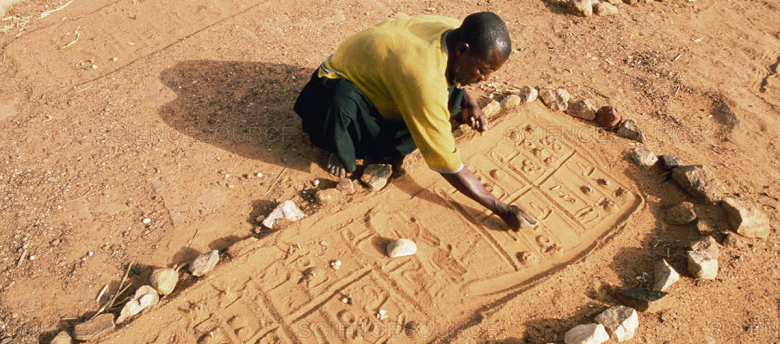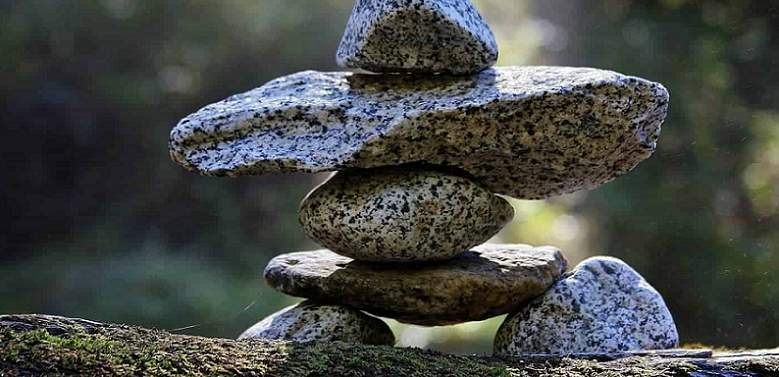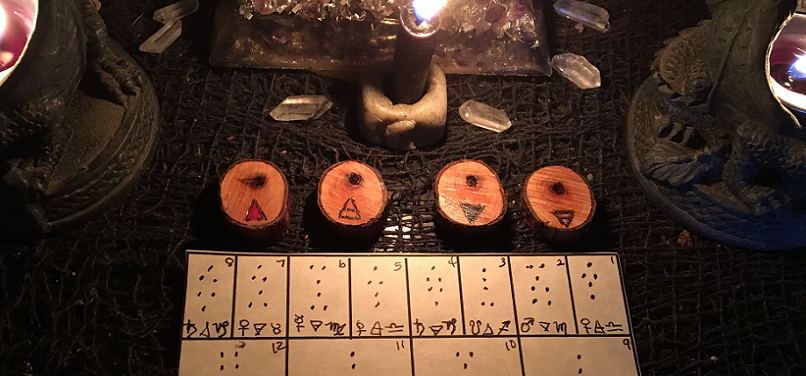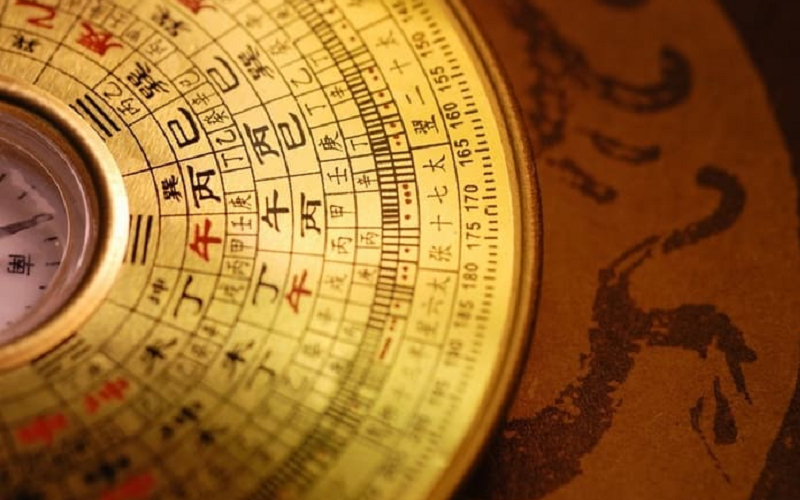Geomancy, an ancient form of divination and prediction, has a rich and fascinating history spanning across cultures and continents. With roots dating back to the medieval Islamic world, this esoteric practice has been used for centuries to uncover hidden truths and gain insight into the future. From its early beginnings to its contemporary applications, geomancy has been a subject of interest and fascination for generations.
What Is Geomancy?
Geomancy is an ancient form of divination and prediction that involves the interpretation of symbols and patterns formed by chance operations, such as throwing stones or sticks, or making marks in sand or earth. The resulting figures are then used to gain insight into various aspects of life, such as one’s future, relationships, and health.
The practice of geomancy has a rich history that spans across cultures and continents, from the medieval Islamic world to Africa and Europe, and has been adapted and modified over time to fit different cultural and spiritual beliefs. Geomancy is sometimes referred to as “divination by earth” or “divination by land,” and it is believed to be a way of communicating with the spirit of the earth for guidance and insight.
The Origins of Geomancy
The origins of geomancy can be traced back to the medieval Islamic world, where it was used as a method of divination and prediction. From there, the practice spread to Africa, where it was adopted and adapted by various ethnic groups, and later to Europe during the medieval and Renaissance periods.
Geomancy has a long history of cultural and regional variations, with different interpretations and applications depending on the time and place in which it was used. Despite its diverse origins, the basic principles of geomancy have remained relatively consistent, with the formation and interpretation of geomantic figures serving as the foundation of the practice.

In its simplest form, geomancy involves creating symbols or marks, often by chance operations such as throwing stones or sticks or making marks in sand or earth. The resulting figures are then interpreted to provide insight into various aspects of life, such as one’s future, relationships, and health.
The practice of geomancy has been used by a wide range of people, from mystics and spiritualists to common folk, and has been adapted and modified over time to fit different cultural and spiritual beliefs. Despite its ancient origins, geomancy continues to be practiced today by people who believe in its power to provide guidance and insight into the world around us.
The Practice of Geomancy
To perform geomancy, a practitioner typically begins by creating a series of marks or symbols, either with a stylus on paper or by making marks in sand or earth. The number of marks made is determined by the question being asked, and the resulting symbols are then interpreted to provide the answer.
In the interpretation of geomantic figures, the practitioner considers the relationships between the symbols and the meaning attributed to each symbol. For example, certain symbols may represent specific qualities or traits, such as wealth, health, or happiness. The interpretation of the symbols is also influenced by the question being asked and the context in which the geomancy is being performed.
Some practitioners believe that the symbols and patterns formed in geomancy reflect the underlying energy patterns and forces in the world, and that the interpretation of these symbols can provide insight into the future or offer guidance on important decisions.
Geomancy requires a deep understanding of the symbolism and interpretation of geomantic figures, as well as an appreciation for the subtler aspects of life and the world around us. The practice can be performed alone or with the help of tools and materials, such as books on geomancy, or specialized software that can generate geomantic figures. Despite its seemingly simple origins, geomancy can be a complex and nuanced practice that requires years of study and practice to master.

Modern Applications of Geomancy
Despite its ancient origins, geomancy continues to have relevance and applications in modern times. While the practice has declined in popularity in some regions, it remains an important part of spiritual and divinatory traditions in others. One of the modern applications of geomancy is in divination and prediction, where the symbols and patterns formed by chance operations are interpreted to gain insight into various aspects of life. For example, geomancers may use the practice to provide guidance on career decisions, personal relationships, or health issues.
Another modern application of geomancy is in environmental studies, where the practice is used to understand the interrelationships between the land and its inhabitants. Geomancers use the principles of geomancy to analyze the energy patterns and natural features of a particular area to gain insight into its history and potential for development. This application of geomancy is closely related to Feng Shui, which is a Chinese spiritual practice that uses energy flow and harmony to improve the health and well-being of individuals.
In recent years, geomancy has also become popular among spiritualists and new age practitioners who believe in its power to connect with the spiritual world and gain insight into the future. Some people use geomancy as a complement to other spiritual practices, such as tarot reading or astrology, while others rely on it as a standalone practice.
Despite the criticism and skepticism that often surrounds divination and prediction practices, geomancy continues to have a dedicated following among those who believe in its power and potential.

Criticisms and Controversies Surrounding Geomancy
Geomancy, like many divination and prediction practices, has faced criticism and controversy over the centuries. One of the main criticisms of geomancy is that it is based on superstition and lacks scientific validity. Critics argue that the symbols and patterns formed through chance operations are random and have no meaningful connection to the future or other aspects of life. Some also argue that the interpretation of geomantic figures is subjective and open to manipulation, making it possible for practitioners to manipulate the results to suit their own needs or beliefs.
Another criticism of geomancy is that it can be misleading and can cause harm if taken too seriously. For example, if someone relies too heavily on geomancy to make important life decisions, they may overlook other important factors or ignore more practical or scientific approaches. Critics also argue that some geomancers may use the practice to exploit vulnerable people or to perpetuate false or harmful beliefs.
Despite these criticisms, geomancy continues to have a dedicated following among those who believe in its power and potential. Some argue that the practice provides a valuable way of connecting with the spiritual world and gaining insight into the future, and that it should not be dismissed as superstition or nonsense. They also argue that the practice can be a valuable tool for self-discovery and personal growth, helping people to understand their own strengths, weaknesses, and potential.

